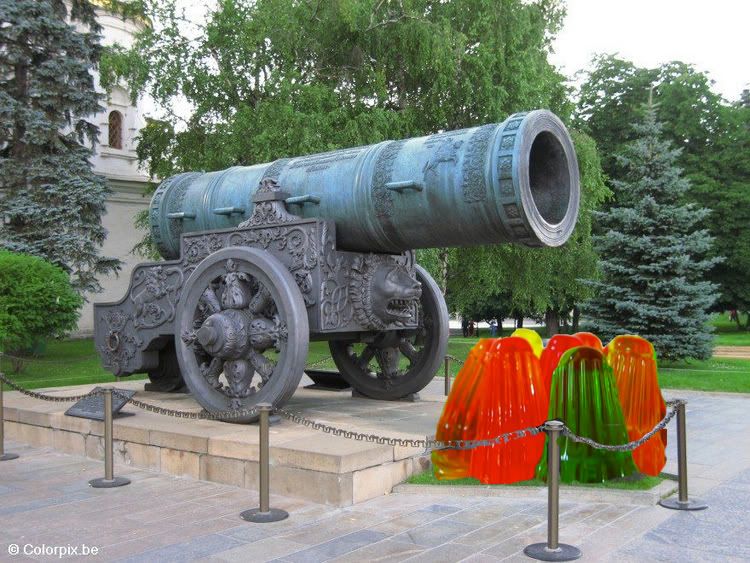Hey, that's neat! That reminds me of this CA Demonstration on fluid flows, combined with CAs on a more general network topology (like I've been investigating).
One could in fact think of the general mechanism of fluid flows taking place on a more complicated topology than just a regular lattice...I mean, you have currents, places where things eddy, boundaries, obstacles --- if you want I can get you a PDF of my paper. Just PM SPOCKED (I don't have PM abilities yet). I do something you might find really interesting in the last few pages, having to do with visualizing forest fires over a more general topology rather than just a square lattice.
Yes I'd to see that thanks.
 I'll send spocked my email address.
I'll send spocked my email address.What made me think of this fluids problem was a documentary I watched about ants! The presenter was talking about his theories of nest design saying how the colony must regulate the flow of air through the nest, because the fungal gardens they grow underground produce a lot of heat and carbon dioxide that must be displaced by fresh air efficiently.
When you have a big nest with lots of small channels and not very many holes to the surface, there could very easily be stagnant areas where the carbon dioxide builds up to harmful levels. He proposed that an ants nest presents a subtle but complex air conditioning problem, and that the ants must address this problem in their nest construction.


 Trust me, I'm much better for the break...I really needed some time to figure some things out.
Trust me, I'm much better for the break...I really needed some time to figure some things out.












